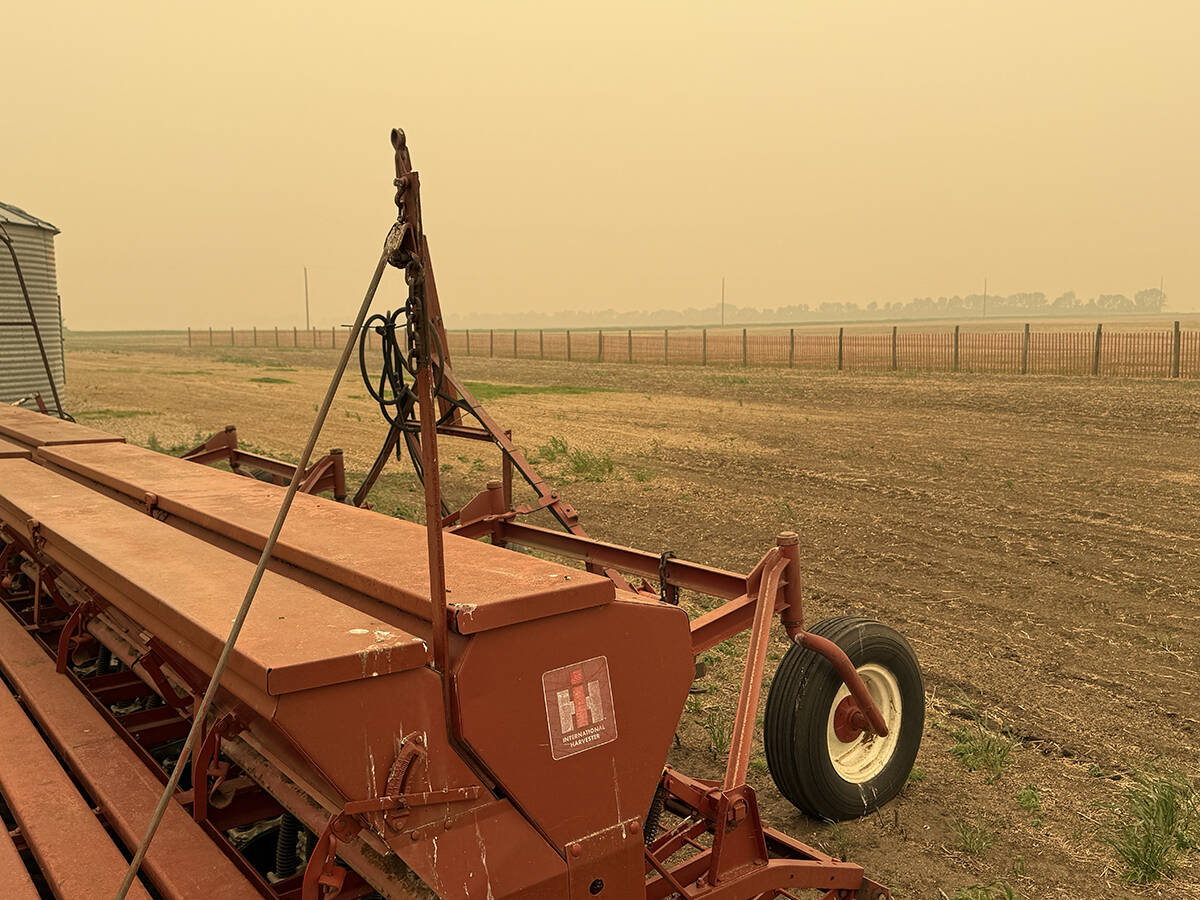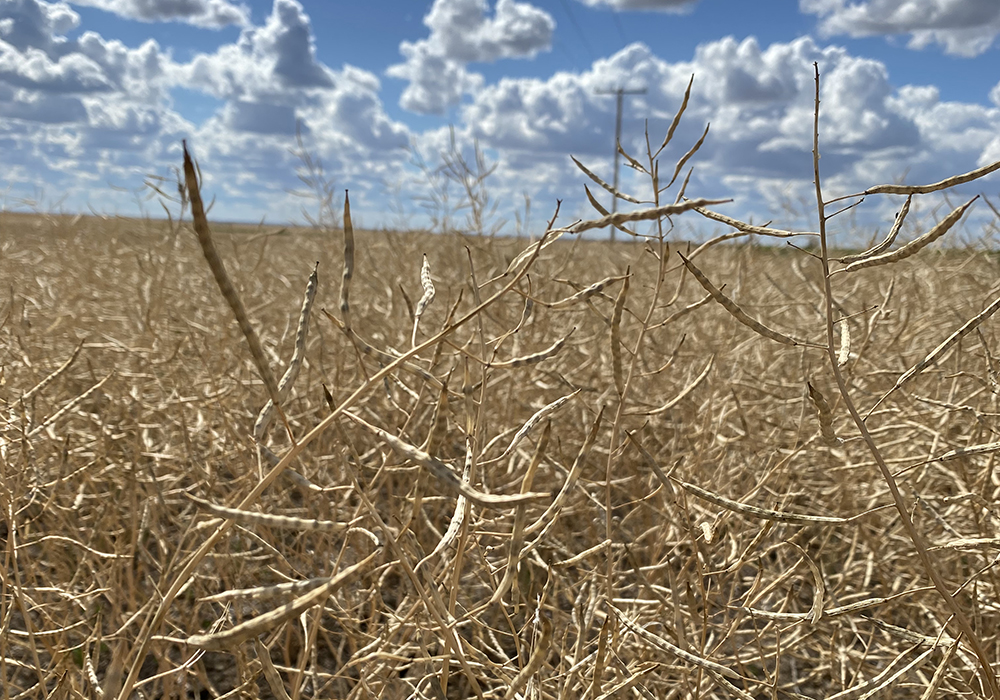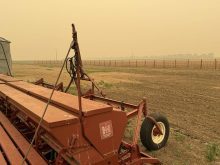Analysts are encouraging farmers to consider put options for marketing this year’s canola crop.
“For producers reluctant to forward contract before harvest, with last year’s drought in vivid memory, a put option is worth considering,” Neil Blue, provincial crops market analyst with Alberta Agriculture, said in a recent Agri-News article.
It is a way to lock in a floor price without the risk of having to pay buy-out penalties in the case of a short or poor-quality crop, he said.
Read Also

Wildfires have unexpected upside this year
One farmer feels smoke from nearby wildfires shrouded the July skies and protected his crop from the sun’s burning rays, resulting in more seeds per pod and more pods per plant.
However, it should be noted that a lot of grain companies are now offering Act of God clauses in their contracts, which should give farmers some peace of mind.
Errol Anderson, a broker with ProMarket Wire, has been promoting put options for years but he has never seen an opportunity to lock in a floor price at these lofty levels.
On April 14, he bought a November $1,000 per tonne put for a client at a cost of $60 per tonne or about $1.25 per bu.
That guarantees the client will receive a floor price of $940 per tonne for his canola or $21.32 per bushel plus or minus the fall delivery basis.
If there is a big crop that basis could be $10 to $20 per tonne under but if there is another small crop like last year the basis could be positive.
If canola prices rise to $30 per bu. the put option is worthless and the grower is out the $1.25 per bu.
But they would still be taking home $28.75 per bu., which is better than if they had locked in $22 per bu. in a deferred delivery contract.
And there are no margin calls when using a put option.
“If you buy these puts and canola goes to the moon, we’re not hounding the client for more money,” said Anderson.
The real benefit of the put is under the opposite scenario, if prices suddenly drop to $15 per bu. The grower then exercises his or her option and receives $21.32 per bu. plus or minus the basis.
One thing to keep in mind is that grain companies will prioritize taking deferred delivery contracts in the fall and if you haven’t booked anything with that company you may have trouble delivering.
Anderson doesn’t think that will be an issue this year because demand for canola is expected to be extremely robust.
Blue said options are relatively expensive right now due to historically high futures prices and extreme price volatility.
Anderson acknowledged that a lot of growers balk at the thought of spending $60 per tonne on a put.
But they don’t have to spend that amount. They could choose to pay $30 per tonne on a $930 November put, guaranteeing a floor price of $900 per tonne or $20.40 per bu.
Or they could spend $15 per tonne on a $850 put for a floor price of $835 per tonne or $19 per bu.
“We’ve never ever had this circumstance where we could remotely get floor prices like this,” he said.
Anderson usually advises clients to have a mix of deferred delivery contracts and put options.
“Actually, this year I’d almost do 100 percent puts, it’s crazy to say, because the advantage of the put is your cash market is wide open on the upside,” he said.
One thing for growers to consider is that it takes a few weeks to set up a corporate trading account if they don’t have one in place.
Contact sean.pratt@producer.com
















